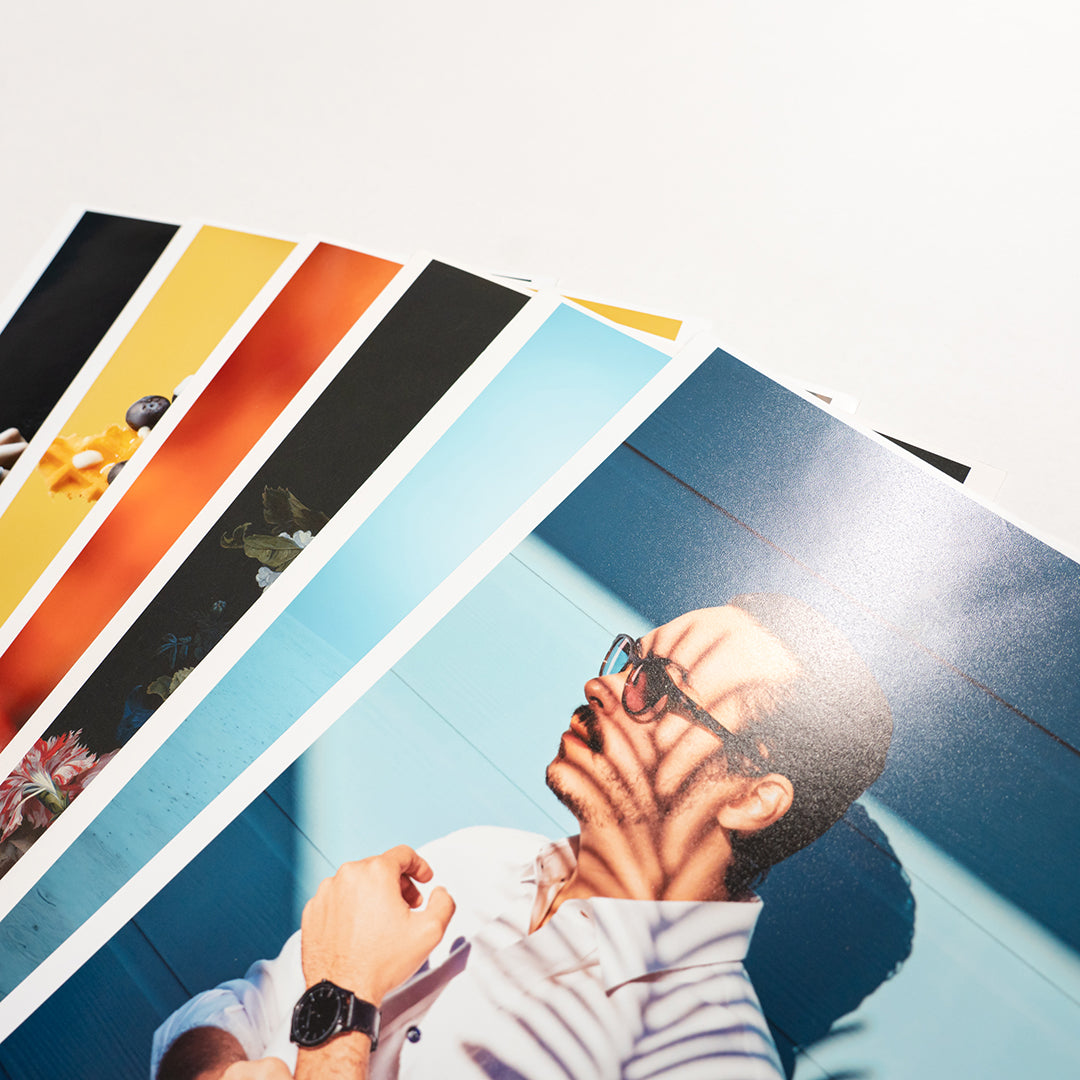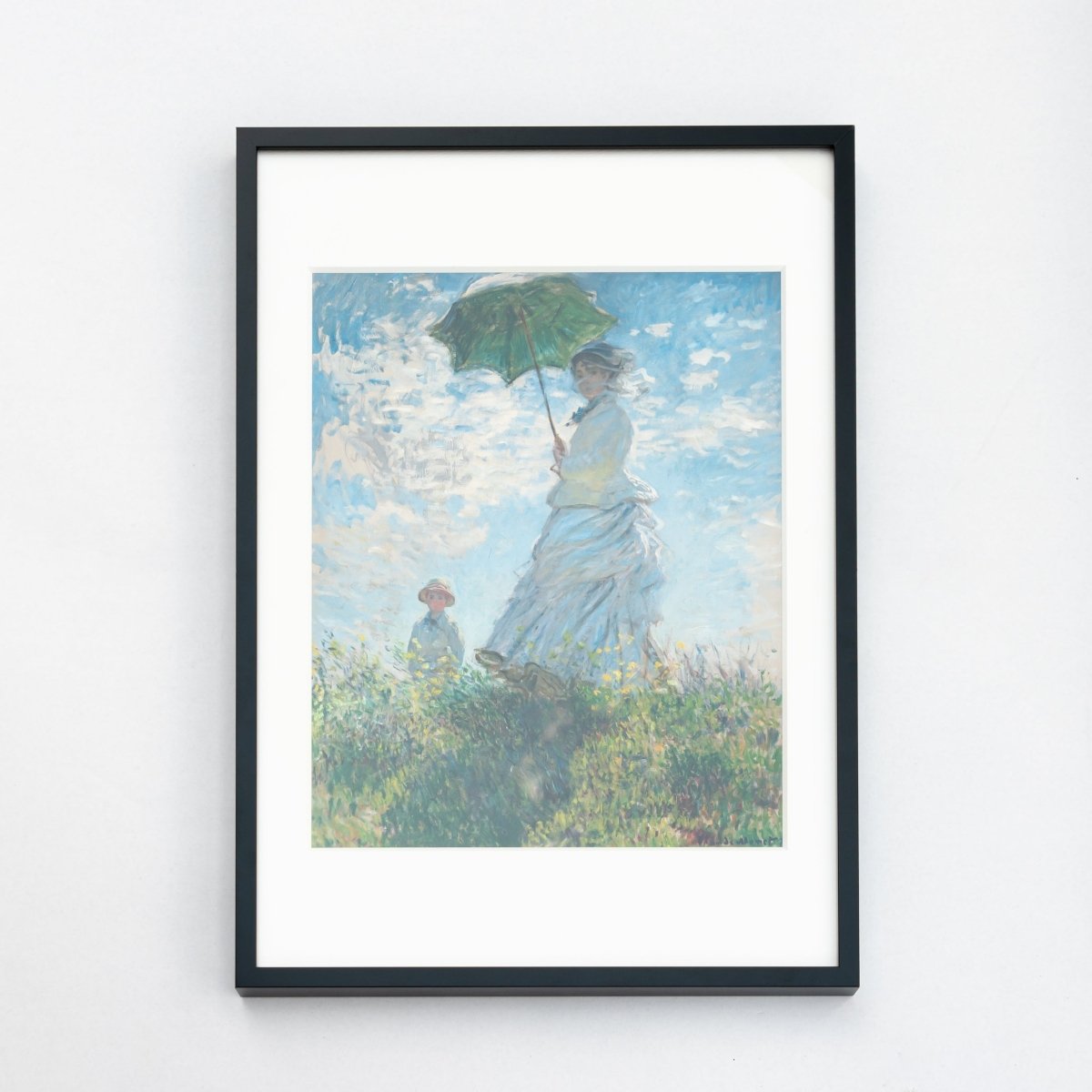[Don't use this one] Compare the papers!
In this article,
"I want to know the difference in paper color."
"I want to know the basic characteristics of the paper itself."
"I'm wondering, is this paper for photos? Or illustrations?"
I am writing this for people who have concerns such as:
table of contents
Table: Comparison of glossy paper (Goldfish)
| photograph | photograph | photograph | |||||
| Paper | Thick gloss | Silk | Slight gloss | Crispia | |||
|
Color |
Aaaahhh |
|
|
|
|
||
|
Thickness |
|
|
|
|
|||
|
material |
|||||||
|
Surface quality |
EPSON
Three types of glossy paper: Prophoto Heavyweight Glossy, Prophoto Heavyweight Silk, Prophoto Heavyweight Semi-Glossy
The professional photo paper series sold by Epson not only excels in paper quality, but also in a wide color gamut and tonal expression.
High quality products generally come at a correspondingly high price, but one of the features of the Profoto series is that they can be purchased relatively inexpensively.
When creating a work of art, many people consider the Pro Photo series.
Image 1: "Town" seen in data & 3 types of EPSON glossy paper
All Epson papers have excellent color reproduction.
When compared with the image data, there is no significant difference.
Image 2: Thick glossy
In particular, the Profoto Thick Gloss has a reflection that is not too harsh, giving it a brighter impression than the impression you get from looking at the image data!
It's perfect for photos of children or wedding photos.
Image 3: Thick silk
This is a very popular paper with a striking surface texture.
If you print a portrait on Profoto Silk, you'll be amazed at how smooth the skin is.
Image ④: Thick, slightly glossy
This is Profoto Thick Slight Gloss, and as the name suggests, it has an exquisite glossy finish.
If you are looking for a subdued finish, we recommend Profoto Thick Sub-Gloss!
Works printed on paper with a low gloss finish are easier to see when exhibited.
So, how about looking at these papers in illustrations?
Image 5: "Satin product image" as seen in the data, with three types of paper lined up
Glossy paper is not often chosen for printing illustrations, but if you have to choose, thick, semi-glossy paper is an option.
Image ⑥: Thick, slightly glossy
Even among glossy papers, this one has a low reflection, so you can print your illustrations without losing their appeal.
When printing on matte paper, the colors often fade overall, but glossy paper has high color reproduction and is easy to use.
The impression given by the three colors red, blue, and yellow in particular changes drastically depending on the color, but the image printed on thick, slightly glossy paper is probably within the acceptable range.
Hahnemuhle
Three types of glossy paper: Photo Rag BR, Photo Rag Met, and FA
These are high-quality art papers made by Hahnemuhle Fine Art, a German-based company.
It is well known that it is made from materials such as cotton and alpha cellulose, but what are the actual printing results like?
Image 7: Data "town" and a photo of the three types lined up
The Hahnemuhle series is truly impressive. Can you tell us the unique features of each piece?
The Hahnemuhle series of fine art papers sold at PHOTOPRI are "Glossy Fine Art" papers, meaning that each paper has a strong glossy finish.
Image 8: Photo Rag BR
The texture and gloss of the Photo Rag BR paper surface create a rich and expressive work. The most common requests for this paper are portraits and landscapes.
He excels at expressing deep contrast, so it's safe to say that there are almost no photos that don't suit him. (My personal favorite)
Image 9: Photo Rag Met
This is also a very special paper.
There are other manufacturers that produce shiny silver metallic paper, but this shiny finish is unique to Hahnemuhle.
However, the color reproduction of this paper seems to be somewhat inferior compared to other papers.
All of the papers in the Hahnemuhle series give off a bright impression, but this paper's metallic finish really draws your eye .
I think there are many cases where you will be engulfed in this glare. However, it seems that the situations in which it can be used are limited.
Image 10: FA
FA is a paper of comparable quality to Photo Rag BR.
Bright white paper is particularly attractive for black and white photographs.
The clear white paper and the elegant pearlescent color expression may be the secret to its popularity.
Image 11: Satin product image with 3 types of gloss
So, how does it fit with the illustrations?
To be honest, I think Hahnemuhle's glossy paper is perfectly usable for illustrations.
Image 12: Photo Rug BR & FA
Photolag BR and FA in particular have good color reproduction, which makes acid-style works look even cooler.
The illustrations printed this time turned out pretty good too.
Personally, I thought it would be too glossy and difficult to see.
However, I feel that the glossiness is too strong for illustrations with pale colors, so I don't really recommend it...
For illustration printing, I think the matte fine art paper from Hahnemuhle and the matte paper from EPSON, which I will introduce next, would go well together, so please take a look below!
Three types of matte paper: Photo Rag, Torsion, and German Etching
This paper is especially popular for printing illustrations!
Image 13: Satin product image data & 3 types of matte paper
All of these papers are suitable for illustrations, so we will mainly focus on the color and details.
Image 14: Photo Rag
Photo rag.
This paper meets the demand for expressing the colors of the data as faithfully as possible.
Matte paper tends to have a tendency to change color, but it's reassuring that this doesn't happen.
The tight black color also allows for good expression of shades.
I have never felt like, "I wish it was a little more like this."
Image 15: Torsion and German
Torsion and German etching.
The color reproduction is also excellent. It supports magenta, which tends to fade easily. There are no problems with the reproduction of yellow and cyan.
German etching in particular gives a bright impression. I think it's rare to find such an impression on matte paper.
Why not try using Torsion in a piece that uses green as the main color? When printing on matte paper, the green color often fades, but Torsion helps maintain its brightness.
It also has a texture similar to watercolor paper, so it's a must-see for anyone who creates watercolor paintings digitally!
Image 16: "City" Photorag, Torsion, German Etching
Now, let's try printing a photo on these papers, which are said to be suitable for illustrations.
Image 17: Photo Rag
I mentioned earlier that Photorags are great for printing illustrations, but they also have great color reproduction for photographs.
When printing a photo on matte paper, fine details such as the windows of a building or the trunks of trees can be lost and the image can appear crushed, but Photo Lag keeps the details relatively well.
Image 18: Torsion & German
As mentioned above, torsion and German etching paper have a textured surface that glossy paper does not have, so it may be difficult to convey what you want to say in the photograph.
One factor may be that our eyes are not accustomed to viewing photographs on matte paper with a textured feel like Torsion.
EPSON
Three types of matte paper: Premium Matte Paper, Art Supplies Paper, and Velvet Fine Art Paper
In addition to the above-mentioned Hahnemühle, other papers suitable for printing illustrations include Epson's Premium Matte Paper, Art Supplies Paper, and Velvet Fine Art Paper.
<Handling paper>
- [Hahnemuhle] Photo Rag <Go to product page>
- [Hahnemuhle] German Etching <Go to product page>
- [Hahnemuhle] Torchon <Go to product page>
- [Hahnemuhle] FineArt Pearl <Go to product page>
- [Hahnemuhle] Photo Rag Baryta <Go to product page>
- [Hahnemuhle] Photo Rag Metallic <Go to product page>
[Hahnemuhle] Would you like to try printing with FineArt Pearl?
Just like taking a test drive before buying a car, we would like you to try out our trial printing service and experience the paper with your own eyes before printing.
There are a wide variety of papers available, including glossy paper, matte paper, fine art paper, and Japanese paper, and you can't really understand the texture, feel, and color transfer that each one has until you actually hold the printed material in your hands.
It can be difficult to choose the best paper from the many available options right away. There are many people who don't know which one to choose.
You can use your own photo data to print the test print.
We have trial sets available to suit your tastes, so please feel free to try them out!



